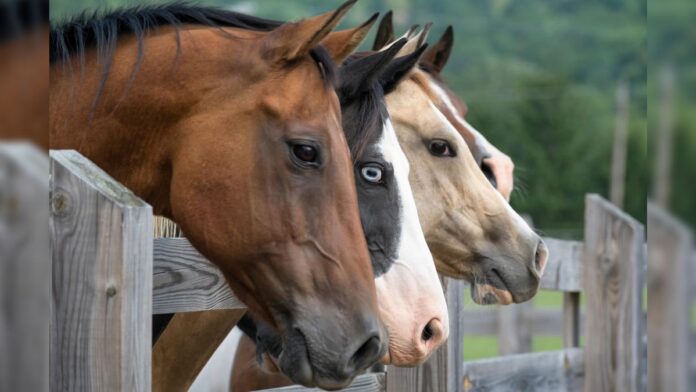Weather conditions play a crucial role in the development of thrush in horses, a common hoof ailment that can lead to discomfort and lameness if left untreated. From wet, muddy paddocks to prolonged periods of rain, various weather factors can create the perfect environment for thrush-causing bacteria to thrive. Understanding how different weather conditions impact thrush development is essential for horse owners and caretakers to effectively prevent and manage this troublesome condition.
In this article, we will explore the connection between weather patterns and thrush, providing valuable insights into how to best protect your equine companions from this pesky hoof ailment.
Introduction to Thrush in Horses

Thrush in horses is a common hoof ailment caused by a bacterial infection that thrives in damp, dirty environments. While it may seem like a minor issue, thrush can lead to lameness if left untreated. Understanding the factors that contribute to thrush development, such as weather conditions, is crucial for effective prevention and management.
Changes in temperature, humidity, and precipitation levels can all impact the likelihood of thrush occurring in horses. By learning how to recognize the signs of thrush and taking proactive measures to promote hoof health, horse owners can help their equine companions stay comfortable and mobile.
Understanding Weather Conditions

Understanding weather conditions is essential when considering how they can impact the development of thrush in horses. Different weather patterns, such as prolonged periods of rain or snow, can create ideal conditions for bacteria to thrive in a horse’s hooves, leading to the development of thrush. Additionally, fluctuating temperatures and humidity levels can also play a role in the likelihood of thrush occurring.
By being aware of these various weather factors and how they can impact a horse’s hoof health, owners and caregivers can take proactive measures to prevent and treat thrush effectively. It is important to stay informed and attentive to weather conditions in order to maintain optimal hoof health for horses.
Effects of Wet and Muddy Environments on Thrush Development

The effects of wet and muddy environments on thrush development in horses can be significant and detrimental if not properly managed. When horses are exposed to prolonged periods of standing in moist conditions, such as muddy paddocks or wet pastures, their hooves become more susceptible to developing thrush.
Thrush is a bacterial infection that thrives in damp, dark environments, leading to a foul odor and black, gooey discharge in the frog of the hoof. In extreme cases, untreated thrush can cause lameness and other serious hoof issues. It is essential for horse owners to take preventive measures, such as providing proper hoof care and maintaining dry footing, to minimize the risk of thrush development in their equine companions.
Conclusion
In conclusion, it is evident that weather conditions play a crucial role in the development of thrush in horses. The combination of moisture and lack of airflow can create the perfect environment for bacterial growth, leading to painful and debilitating hoof infections.
By understanding the impact of weather conditions on thrush development, horse owners can take proactive measures to prevent and manage the condition, such as proper hoof care, regular cleaning, and utilizing appropriate hoof treatments like Horse Thrush Treatment. Ultimately, ensuring optimal hoof health will not only improve the overall well-being of the horse but also enhance their performance and quality of life.











